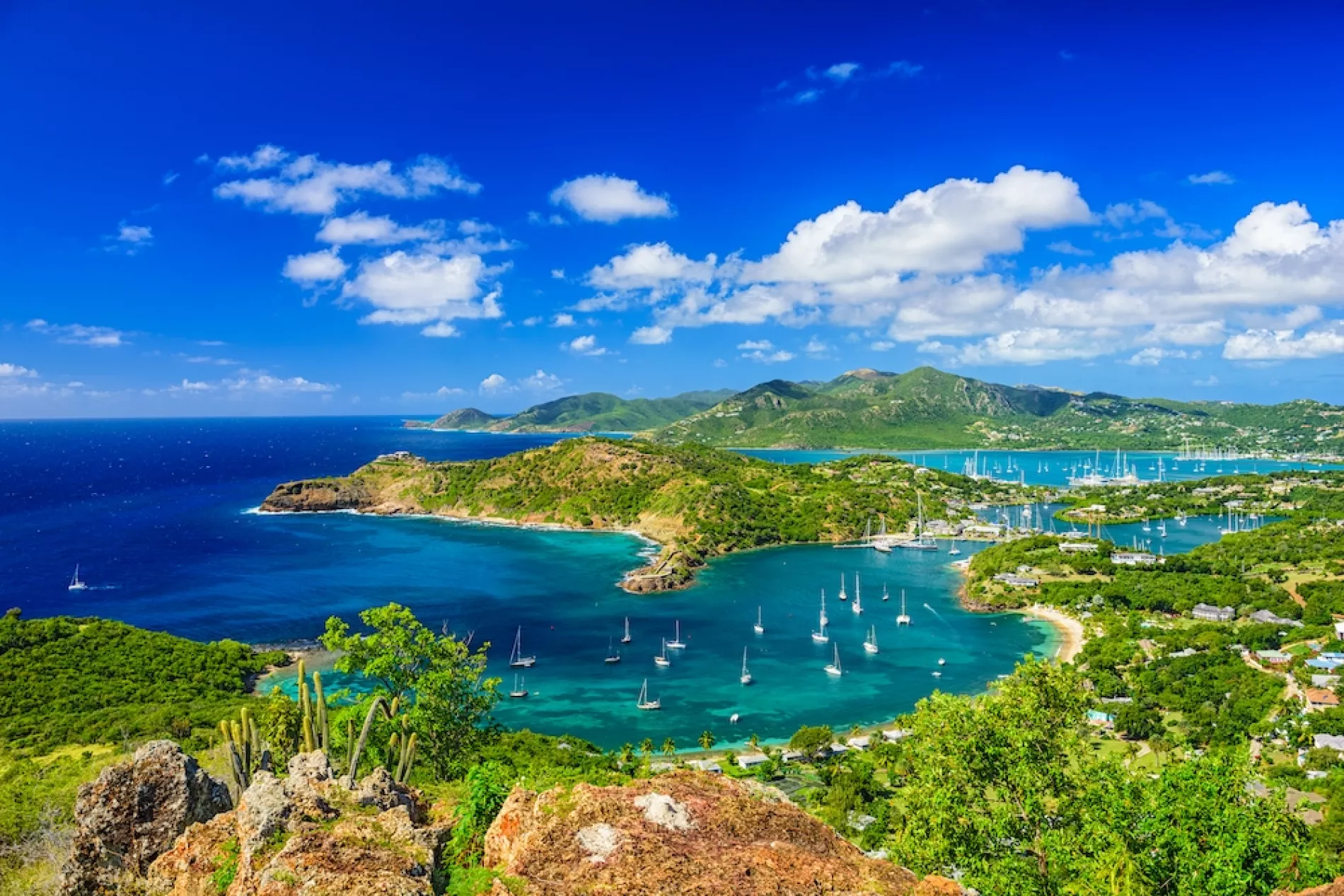
Tokyo: 1 Day, 3 Ways
Japan’s greatest city, Tokyo, is a time-machine that can transport you to the past or even show you the future
Tokyo is a city of superlatives. The greatest metropolis on earth (38 million people and counting), Japan’s capital tops the Global Economic Power Index, the ‘best overall experience’ category of TripAdvisor’s World City Survey, and the 2017 Safe Cities Index. It is home to the tallest tower in the world, and the most Michelin-starred restaurants (nearest rival Paris doesn’t even come close).
It is a city of Shinto and sushi, of kabuki and karaoke; a commercial powerhouse that is deeply traditional but endlessly creative. In fact, Tokyo is a city that almost defies description – but whether you love culture or technology, fashion or food, it is a city you just have to see.
First Time
9am
There is only one way to get a handle on this vast cityscape, and that’s from above. Opened in 2012, Tokyo Skytree (tokyo-skytree.jp) rises a record-holding 2,080ft towards the clouds, and there are express lifts to whizz you up to the viewing platforms.
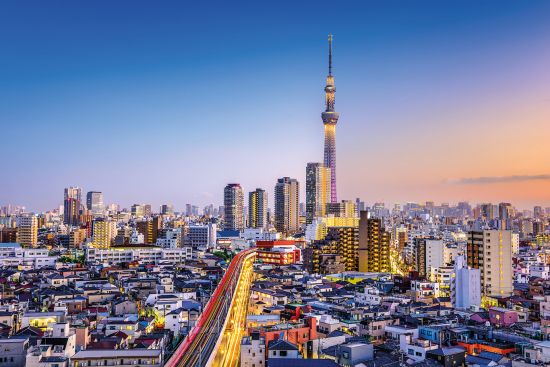
11am
From Godzilla to Hello Kitty, Japanese pop culture has conquered the world, but the district of Harajuku is its spiritual home. Stroll down Takeshita Street to see Tokyo’s teen tribes in all their garish glory. Then, if you’re feeling brave, venture into Laforet, the emporium where they buy their profoundly baffling outfits.
12.30pm
Hungry? If you fancy licking the face off an ice-cream panda (pigs and koalas also available), try the Zoo Ice Cream Shop. For something more filling, join the queue at Gyoza Lou (round the corner from Harajuku station) where they serve the cheapest, tastiest dumplings in town.
2pm
You’ve done the pop version, now it’s time for culture with a capital C. Tokyo National Museum (tnm.jp), in pretty Ueno Park, houses the world’s finest collection of Japanese art, from pottery and prints to sumptuous silks and samurai swords.
5pm
Half an hour’s stroll from Ueno Park will bring you to Senso-ji, Japan’s most famous Buddhist temple. You’ll enter via the bright crimson Kaminarimon gate – and make sure your camera is charged because the five-storey pagoda is enchanting, especially in the evening when the lights come on.
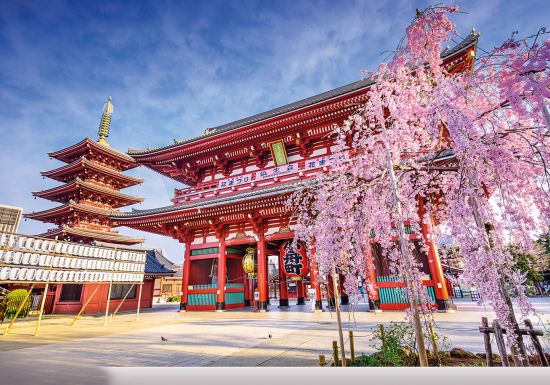
6.30pm
Ever seen Lost in Translation? If so, you’ll experience a tingle of recognition as you walk into the New York Bar on the 52nd floor of the Park Hyatt Hotel, where much of the film starring Bill Murray and Scarlett Johannson was filmed. Treat yourself to a cocktail or a Japanese whisky, then take a short cab ride to Ishikawa restaurant (govoyagin.com) in Shinjuku and try the omakase tasting menu. Pricy, but well-worth it.
Been There? Go Here
9am
Of all the Japanese arts, gardening is one of the most accessible. The classic elements of a Japanese garden – water, bridges, rocks, trees – are valued for their symbolic meanings as much as their looks, and one of the best places to see this philosophy in practice is at Rikugien (teien.tokyo-park.or.jp/en), a short walk from Komagome station. This 300-year-old garden is designed to evoke scenes from Japanese poetry, and if modern Tokyo has left you feeling frazzled, a stroll and a visit to a teahouse here will restore your Zen.
11am
Ready to shop? There is nothing on earth that you can’t buy in Tokyo, often well before it becomes available in Europe. Take the metro from Rikugien to Shibuya and you’ll emerge at the famous Shibuya Crossing, where thousands of scurrying pedestrians somehow manage to avoid trampling each other. Then head over to Shinjuku, where you’ll find the flagship stores of Japan’s electronics giants, as well as boutiques, arcades and yet more department stores.
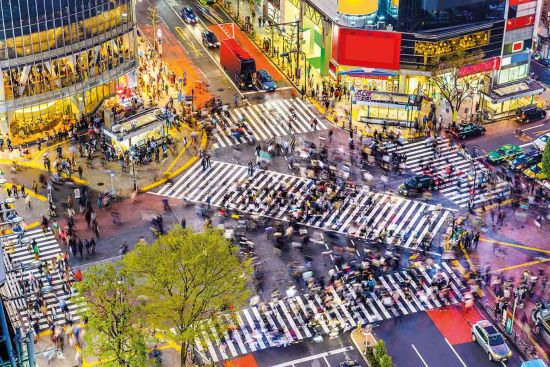
3pm
If you’ve shopped till you’ve dropped, what about taking a seat to marvel at that most Japanese of spectacles, sumo? Tournaments are held in January, May and September at the Kokugikan Arena in the Ryogoku district. It’s advisable to buy tickets online (sumo.or.jp/en) in advance, and the best time to watch is between 3pm and 6.30pm, when the elite wrestlers fight.
Live Like a Local
11am
Thermal springs are the upside of living in a volcano zone, and the Japanese love to relax in the steaming waters of an onsen bath. Oedo Onsen Monogatari (daiba.ooedoonsen.jp) is a traditional public hot spring complex, fed by sodium and chlorine-rich waters that rise from nearly a mile below ground. The locals swear by this as a cure for muscle and joint pain, and you’ll certainly notice time dissolving as you float between the 13 different baths in your yukata kimono.
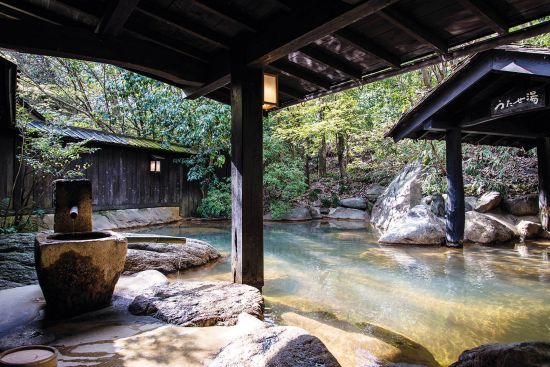
1pm
The immersion continues as you take the overground train to Sendagaya station for the National Noh Theatre (ntj.jac.go.jp/English). With its elaborate masks and ritual gestures, this ancient artform is a time-machine that whisks you straight to pre-modern Japan. The gist of the drama is easy to pick up (there may even be English subtitles) and the full programme lasts for hours, but it’s fine just to stay for an act or two.
3pm
Throw the time-machine into fast-forward and (with a little help from the overground train to Kichijoji), you’ll emerge blinking at Studio Ghibli, home of Japanese animation. The Ghibli museum is a brilliant introduction to the wacky world of anime, though it’s wildly popular so you’ll need to buy your ticket well in advance online.
7pm
You’ve seen the Japan of tranquil gardens, ritualised theatre and cute cartoons. Now for something a little more raucous. As the world knows, when the Tokyo ‘salaryman’ finishes his long day’s work, he likes to kick back. For a taste of the madness that breaks loose after office hours, get yourself to Shinjuku’s Golden Gai, a warren of tiny bars. A few are run by expats, but no matter where you go, you’ll soon master the Japanese art of ‘nomunication’ (clue: nomu is ‘to drink’).
Cruise Itineraries
Celebrity 10-night ‘Japan and Korea’ cruise, round-trip from Yokohama (Tokyo) via Osaka, Fukuoka, Busan and Aomori, departing 2 October 2019, from £1,120, celebritycruises.co.uk
Azamara 14-night ‘Circle Japan Intensive Voyage’, round-trip from Tokyo via Hakodate, Akita, Kanazawa, Sakaiminato, Busan (S Korea), Nagasaki, Kagoshima, Kochi, Kobe and Shimizu, departing 4 September 2019, from £5,209, azamaraclubcruises.co.uk
